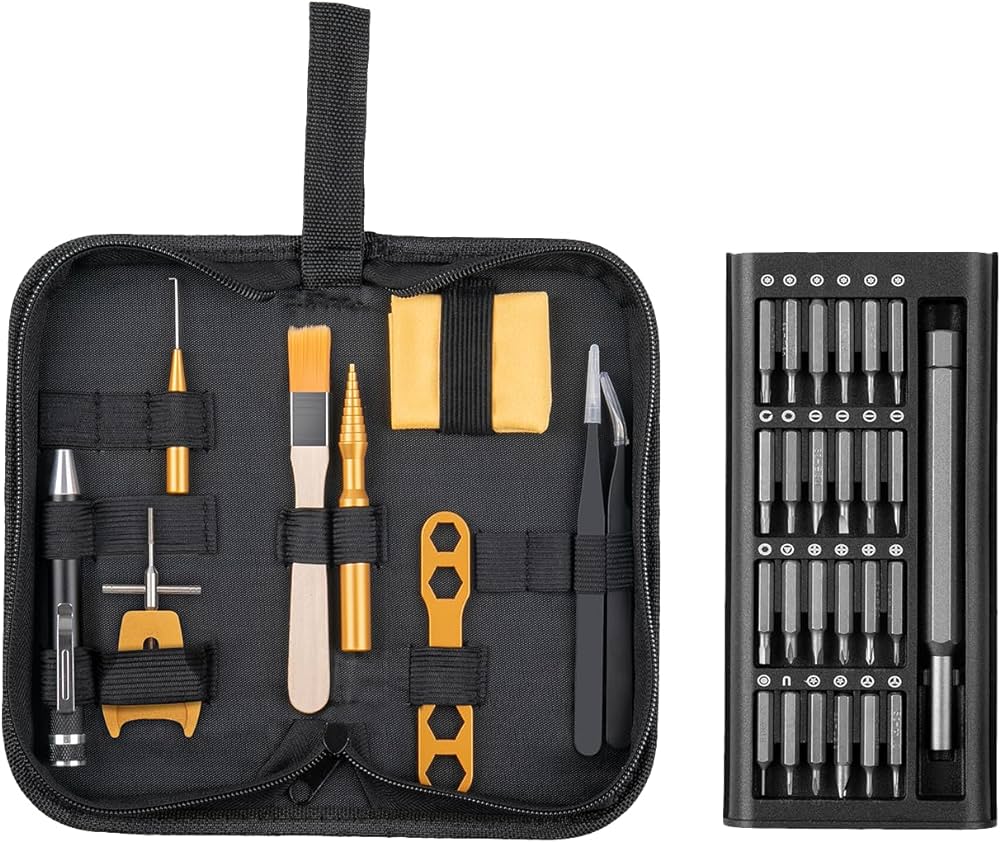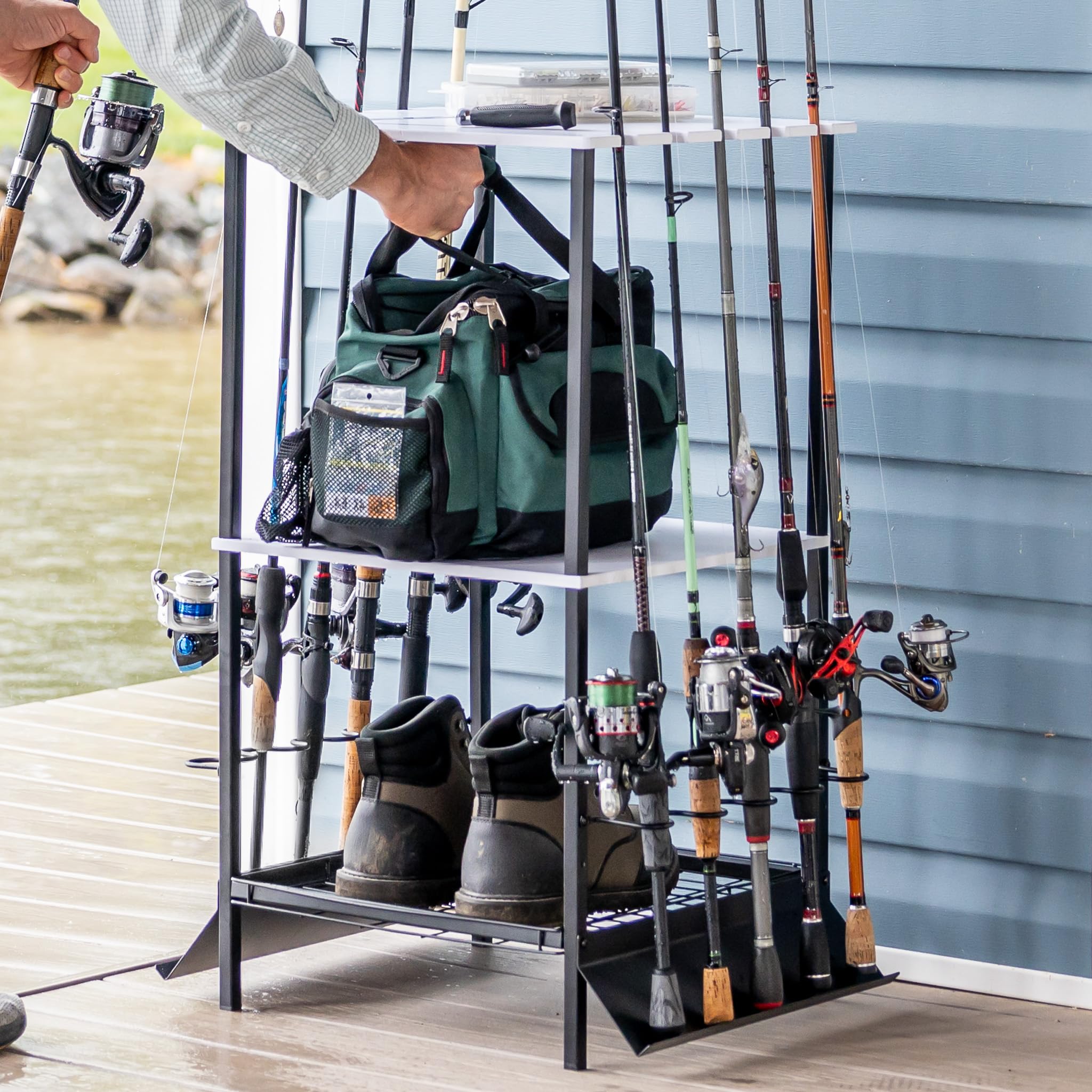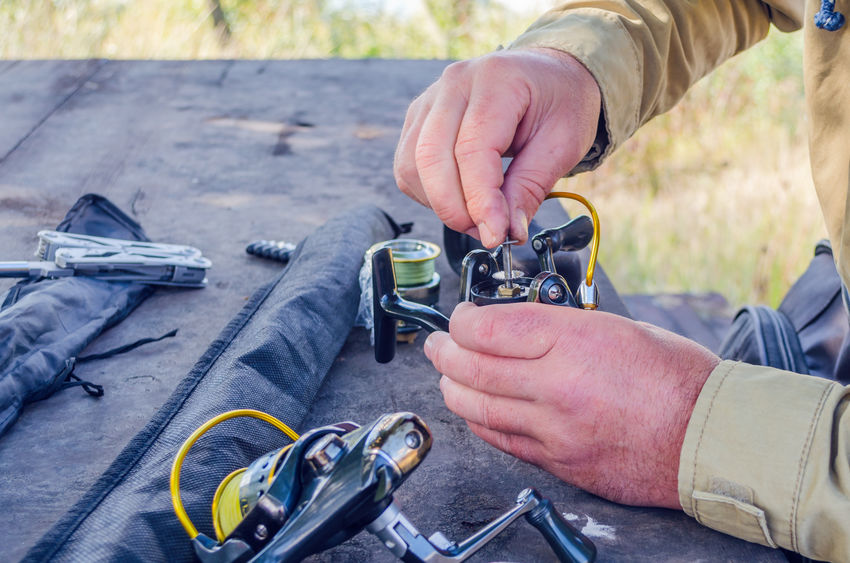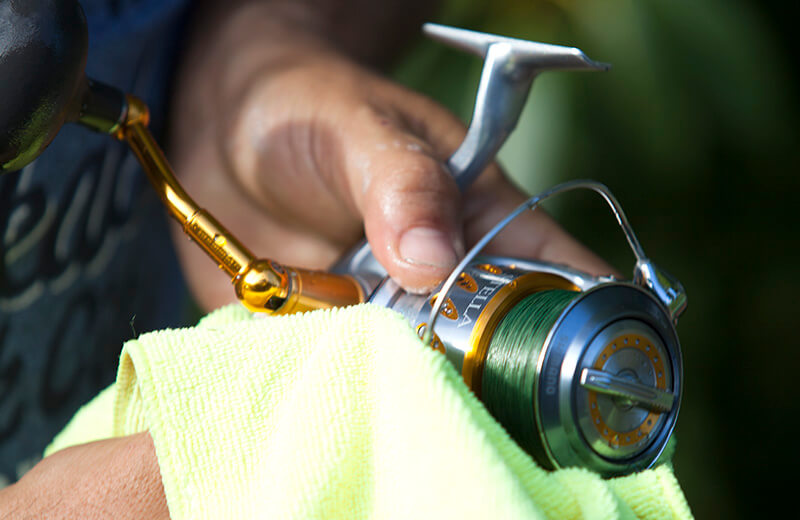For the passionate angler, a fishing rod is more than just equipment; it’s a trusted companion on aquatic adventures. Proper care and maintenance are crucial to ensuring your rod performs optimally and remains a reliable partner for years to come. This comprehensive guide delves into the essential steps of cleaning and maintaining your fishing rod, empowering you to maximize its lifespan and fishing prowess.
Cleansing Your Catchy Companion
Preparation is Key:
Before embarking on the cleaning process, gather the necessary tools:
- A soft, absorbent cloth (microfiber cloths are ideal)
- Mild dish soap or a dedicated fishing rod cleaner
- Clean water in a bucket or spray bottle
- A soft-bristled brush (toothbrush size works well for tight spaces)
- WD-40 (or a similar corrosion-resistant lubricant)
- A clean, well-lit workspace

Step-by-Step Cleaning:
- Dissolving the Dirt: Begin by removing any loose dirt, sand, or debris with the soft cloth. This prevents unwanted particles from scratching the rod’s surface during the cleaning process.
- Sudsy Salvation: Mix a mild soap solution with clean water. Dish soap is a readily available option, but consider a specialized fishing rod cleaner for enhanced cleaning power.
- Scrubbing with TLC: Dip the soft-bristled brush into the soap solution and gently scrub the entire rod surface, paying particular attention to areas prone to grime buildup, such as the reel seat, ferrules (sections where the rod connects), and around the guides.
- Targeting Tight Spots: For those hard-to-reach nooks and crannies around the guides, utilize the toothbrush dipped in the soap solution. This ensures a thorough cleaning without damaging the delicate thread wraps.
- Rinsing the Residue: Once the entire rod is scrubbed clean, thoroughly rinse it with clean water to remove all soap residue. Leaving soap behind can attract dirt and compromise the rod’s finish.
- Drying Meticulously: Use the soft, absorbent cloth to meticulously dry the rod. Pay close attention to areas around the reel seat, ferrules, and guides, as any remaining moisture can accelerate corrosion. Allow the rod to air dry completely before storing or assembling it again.
Maintaining Peak Performance
Post-Cleaning Pampering:
Damage Detection: With a keen eye, meticulously inspect the rod for any signs of damage, such as cracks, chips, loose ferrules, or worn thread wraps. Addressing these issues promptly can prevent further deterioration and ensure safe and efficient fishing.
Corrosion Control: Apply a thin coat of WD-40 or a similar corrosion-resistant lubricant to all metal components of the rod, such as the reel seat and guides. This creates a protective barrier against rust and saltwater corrosion, extending the lifespan of the metal parts. Remember: Avoid spraying lubricant directly onto the cork or EVA foam grip material, as it can cause it to become slick and uncomfortable.
Routine Maintenance Regimen:
The Vigilant Eye: Develop the habit of inspecting your rod for wear and tear after every fishing trip. This proactive approach allows you to identify and address minor issues before they escalate into major problems.
Storage Sanctuary: Store your rods in a cool, dry place, ideally away from direct sunlight and extreme temperatures. A vertical position or a dedicated rod rack is optimal for preventing warping or damage. Avoid storing rods under tension, as this can cause them to lose their natural curvature over time.

Component-Specific Care
Reels: Partners in Performance
Cleaning and Lubrication: Reels require regular cleaning and lubrication to ensure smooth operation. Consult your reel’s manual for specific cleaning instructions, which may involve disassembling certain components. Use a soft brush and a specialized reel cleaner to remove dirt and grime from internal parts. Apply a light coat of lubricant to designated areas as recommended by the manufacturer.
Operational Efficiency: Periodically test the reel’s drag system and handle operation to ensure smooth functionality. Early detection of any issues allows for timely repairs or adjustments, preventing potential frustrations during your next fishing adventure.

Guides: Smooth Passage for Success
Cracks and Damage: Inspect the guides for any cracks, chips, or misalignment that could damage your fishing line. Address any such issues promptly to prevent line fraying and compromised fishing performance.
Cleanliness for Seamless Flow: Use a damp cloth to wipe the guides clean, removing any dirt, salt, or grime that might impede the smooth flow of your fishing line. This routine cleaning ensures optimal casting performance and line lifespan.
Handles: A Comfortable Grip on Success
Material Matters: The cleaning method for your rod’s handle depends on the material. For cork grips, a mild soap solution and a soft brush can remove dirt and grime. Allow the cork to dry completely afterward. Avoid using harsh chemicals or abrasive cleaners, as they can damage the natural cork texture. For EVA foam grips, a damp cloth is usually sufficient for cleaning. You can use a mild soap solution for stubborn dirt, but rinse thoroughly to avoid leaving any residue that might make the grip feel sticky.
Grip Integrity: Over time, the grip material on your rod can wear down or become loose. Regularly check the handle for any tears, cracks, or signs of separation from the rod blank. If you notice any damage, consider replacing the grip material or seeking professional repair to maintain a comfortable and secure hold.
Long-Term Storage Strategies
The Ideal Environment:
Temperature and Humidity Control: When storing your rods for extended periods, choose a cool, dry location. Avoid attics, basements, or garages that experience significant temperature fluctuations or high humidity levels. These conditions can accelerate the deterioration of the rod blank and other components.
Protective Measures: Invest in rod covers or cases to shield your rods from dust, scratches, and other potential damage during storage. These protective barriers also make it easier to transport your rods safely.
Pre-Storage Maintenance:
Cleaning for a Fresh Start: Before storing your rods for a prolonged period, ensure they are thoroughly cleaned and dried. Any residual moisture or dirt left behind can attract mold or mildew and compromise the rod’s integrity.

Safeguarding Against Corrosion: Apply a light coat of a corrosion-resistant lubricant to the metal components of the rod for added protection during storage. This extra layer of defense helps prevent rust and ensures your rods are ready for action when you are.

Robert Smith is the proud owner of Bait Barrels and Bows, a premier fishing sports store established in 1989. With over three decades of experience in the industry, Robert has honed his skills to become an expert angler, sharing his vast knowledge and passion for fishing with enthusiasts around the world. Through his store and writings, Robert provides invaluable tips and guidance, helping both novice and seasoned anglers improve their techniques and enjoy the sport to its fullest. His commitment to the fishing community is evident in his dedication to quality products and excellent customer service.

